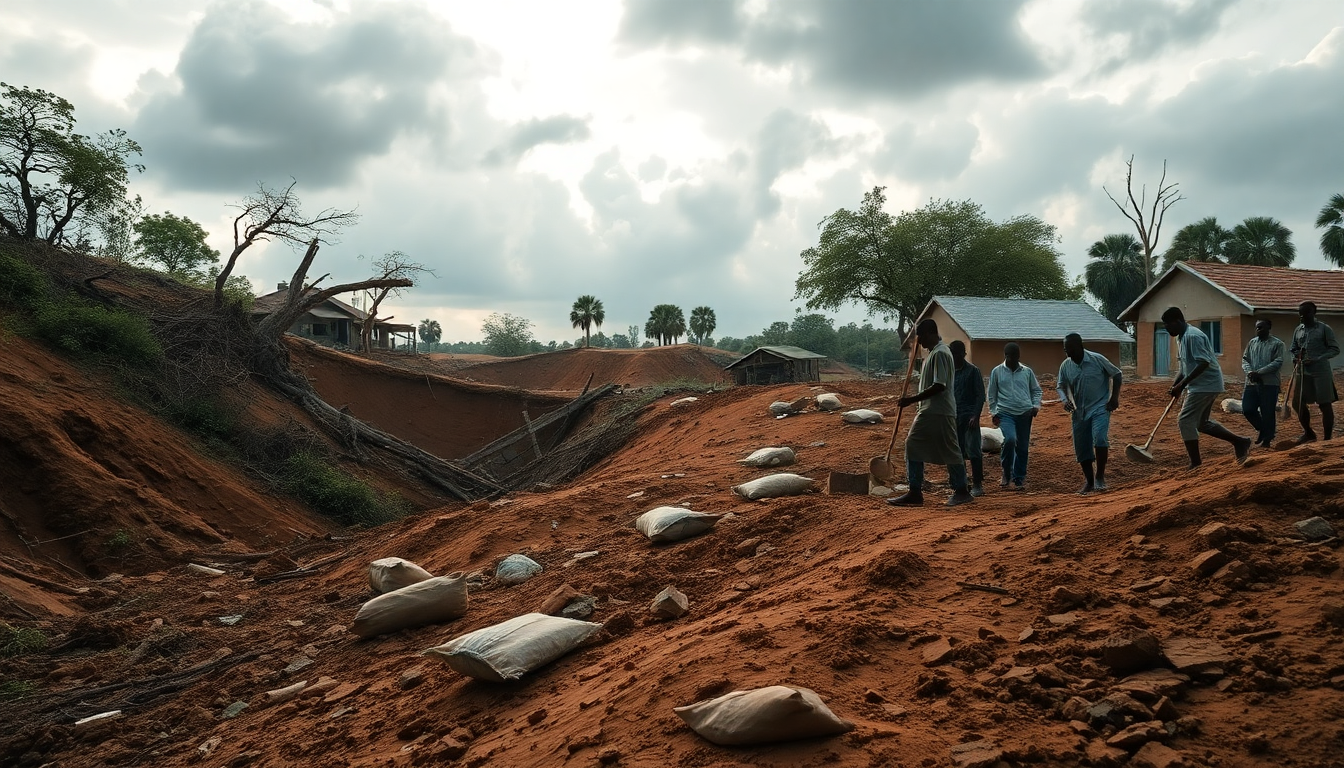Table of Contents
On August 31, a devastating landslide hit Tarasin Village in Central Darfur, Sudan, resulting in a tragic loss of life. Local reports tell a heart-wrenching story: more than a thousand residents perished, marking this as one of the deadliest natural disasters in recent Sudanese history. The landslide, primarily caused by unrelenting rainfall in the area, has once again spotlighted the ongoing humanitarian crises facing Sudan, calling for immediate action from the global community.
Understanding the disaster’s impact
The Sudan Liberation Movement/Army (SLM-A), which operates in the region, reported that the village was utterly decimated by the landslide, with only one survivor emerging from the estimated thousand residents. Can you imagine the sheer weight of such a statistic? This shocking reality underscores the urgent need for aid and recovery efforts. As we look at the scale of this tragedy, it becomes painfully clear how vulnerable communities in conflict-ridden areas can be, especially when access to emergency services is severely limited.
As the region faces the aftermath of this calamity, the humanitarian implications are immense. Governor Minni Minnawi of Darfur has labeled this event a humanitarian tragedy and is calling for immediate assistance from the United Nations and other international aid organizations. The necessity for support to recover the deceased and provide aid to survivors cannot be overstated, as countless families have been displaced and are now grappling with unimaginable hardships.
The role of climate change in natural disasters
This landslide serves as a chilling reminder of the rising frequency and severity of natural disasters, a trend worsened by climate change. Across Sudan, many areas have been plagued by extreme weather, from heavy rains to prolonged droughts. How does this affect the residents? It not only endangers their lives but also complicates an already dire humanitarian situation, as many are displaced due to ongoing conflicts.
To add to the complexity, earlier reports revealed that many individuals from North Darfur had sought refuge in the region impacted by the landslide, fleeing violence from the paramilitary Rapid Support Forces. This influx of displaced populations into already vulnerable areas makes it even more challenging for aid organizations to respond effectively to such disasters.
Call for international assistance
As the situation unfolds, the call for international aid grows increasingly urgent. Humanitarian organizations are stepping up to assess the needs of those affected by the landslide and to coordinate recovery efforts. However, the lack of independent verification of casualty figures due to restricted access poses a significant hurdle. It’s crucial that the international community acts swiftly to support recovery efforts in Central Darfur.
In conclusion, the tragic landslide in Tarasin Village has laid bare the vulnerabilities of communities in Sudan. It serves as a crucial reminder of the need for preparedness and a robust response to natural disasters. As aid organizations strive to offer assistance, addressing the underlying factors that contribute to such tragedies must remain a top priority.


